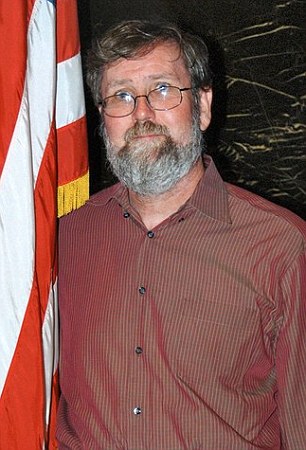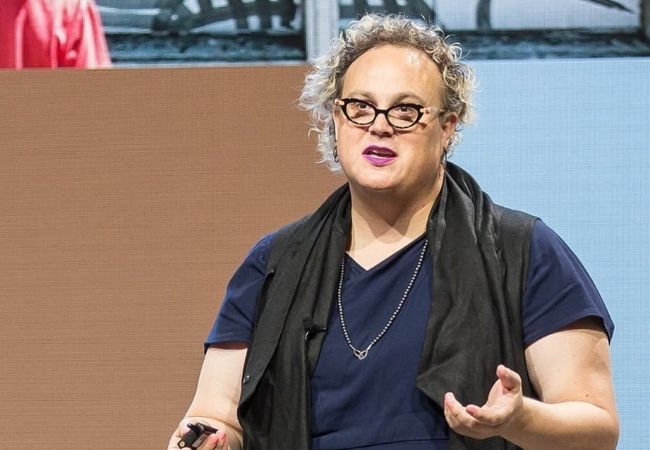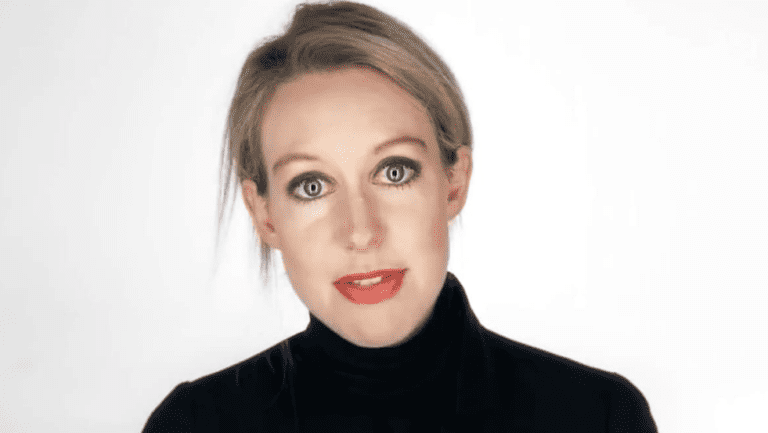THERANOS The suicide of scientist Ian Gibbons right before deposition

Ian Gibbons killed himself on May 16, 2013, after a series of disastrous experiences at the fallen sci-tech company that was actually more sci-fi. Before becoming the chief scientist of Theranos in 2005, Ian had spent 30 years working developing diagnostic and therapeutic products, including at the company Biotrack. His specialty was immunoassays, which are tests that look for molecules in a substance like blood or other body fluids. This is exactly what Theranos was purporting to do, so his expertise should have been invaluable.
At Theranos, Ian was frustrated by the development of Theranos’ miniLab. They could never recreate the same accuracy inside a Theranos device that they could in the lab. The accuracy of these tests should be everything to the company, so the fact that the tests didn’t work meant that the whole purpose of the company was failing, and the consequences were dire. This wasn’t just an entertainment tech company: people’s health was on the line. Furthermore, all the departments in Theranos were kept apart and prevented from communicating, even through instant messaging on their computers. This lack of communication meant no one really knew what was going on, and how little real progress was being made.
Ian would not back down on certain standards that Elizabeth and others were dismissing and was often butting heads with Samartha Anekal, who was responsible for integrating the parts of the miniLab product. Ian wanted to develop a product that actually worked, but the motivation of Elizabeth Holmes seemed to be about marketing their product as if it worked, whether it did or not. Ian had come to learn that Elizabeth would tell lies with a straight face, so he stopped trusting her completely.
He eventually complained to Channing Robertson, who was on the board of Theranos. He thought the conversation was in confidence, but Channing immediately reported everything back to Elizabeth, who fired him immediately. Sunny Balwani called him back and offered him a job, but with much less responsibilities. He was now a technical consultant and was tasked with evaluating people’s CVs. Ian felt like he had been put out to pasture. Ian was humiliated and demoralized by the demotion.
Ian eventually confided with his wife Rochelle that Theranos was failing at everything, but did not elaborate further because he didn’t want to violate his NDAs (non-disclosure agreements.) He started working from home and his coworkers worried that his previous diagnosis of cancer six years ago had returned. Ian was physically fine, however, but the stress from the past few years at Theranos had triggered severe depression.
“I said, ‘How do you feel about Elizabeth? Do you think she’s telling the truth?’ And he told me, ‘Well, Elizabeth lies about everything.’ That’s exactly what he said,” Rochelle told CBS News.
In April 2014, Ian was subpoenaed to testify for Theranos in a patent lawsuit Elizabeth was embroiled with her father’s former friend Richard Fuisz. Ian asked his wife Rochelle, a patent lawyer, to help him prepare. While going over patent documents, the Gibbons’ found that Elizabeth Holmes’ name was on all the patents, even though she didn’t really contribute much to the inventions. Ian even questioned if Elizabeth had any basis to allege that Richard Fuisz was stealing her patent. The conflict within Ian was unbearable, so Rochelle advised him to quit Theranos.
Ian didn’t want to quit because he didn’t want to stop working altogether, and at 67-years-old he didn’t think he could get hired anywhere else. He also still thought he could help Theranos get through their growing mass of problems.
On May 15, Ian scheduled a meeting with Elizabeth but then worried that Elizabeth would fire him. He also received a call that day from a Theranos lawyer telling him that he would have to appear at the competing law firms’ offices on May 17 for a deposition, just two days away. The lawyer advised him to claim health issues and use a doctor’s note to get out of the deposition. He emailed Ian a form doctor’s note for his own physician to sign. Rochelle asked Ian to see a doctor to help with his mental state as well, and he agreed.
The next morning, however, Rochelle found her husband passed out in his office. He spent eight days in the hospital before passing away. Ian had taken a lethal dose of acetaminophen, which can cause an extremely painful death. Ian knew how much to take to make sure his liver would be destroyed and chased it down with wine.
After Ian died, Theranos sent Rochelle a cold email asking her to return the company’s property. She never got any condolences from Elizabeth Holmes. Most colleagues weren’t even informed of his death. When they did find out Ian had died, they assumed he had died from cancer. Theranos didn’t want it known that Ian had committed suicide.
Rochelle blames what Ian went through at Theranos for his suicide. On The Dropout podcast, Rochelle said Theranos was isolating Ian. He also knew that the machines at Theranos didn’t work. Elizabeth would tell him that they were working on better technology that could do what they wanted it to do, but Ian couldn’t figure out how that could be.
In the end, Ian was distraught over what he thought was a fraud and was compromising his scientific integrity.
After Elizabeth Holmes was convicted on four counts of fraud in January 2022, Rochelle Gibbons says she gets a little satisfaction from that because she didn’t expect Elizabeth to be convicted at all. “Satisfaction in knowing she’s going to suffer because, believe me, I’ve suffered and Ian suffered,” Rochelle clarified to CBS News. “She has shown no remorse for any of the things she’s done to anyone, nothing.”
THERANOS What does Elizabeth Holmes’ real voice sound like?
Inside Apple ‘iPhone designer’ Ana Arriola’s short stint at Theranos
THERANOS When did Elizabeth Holmes meet and start dating Sunny Balwani?




